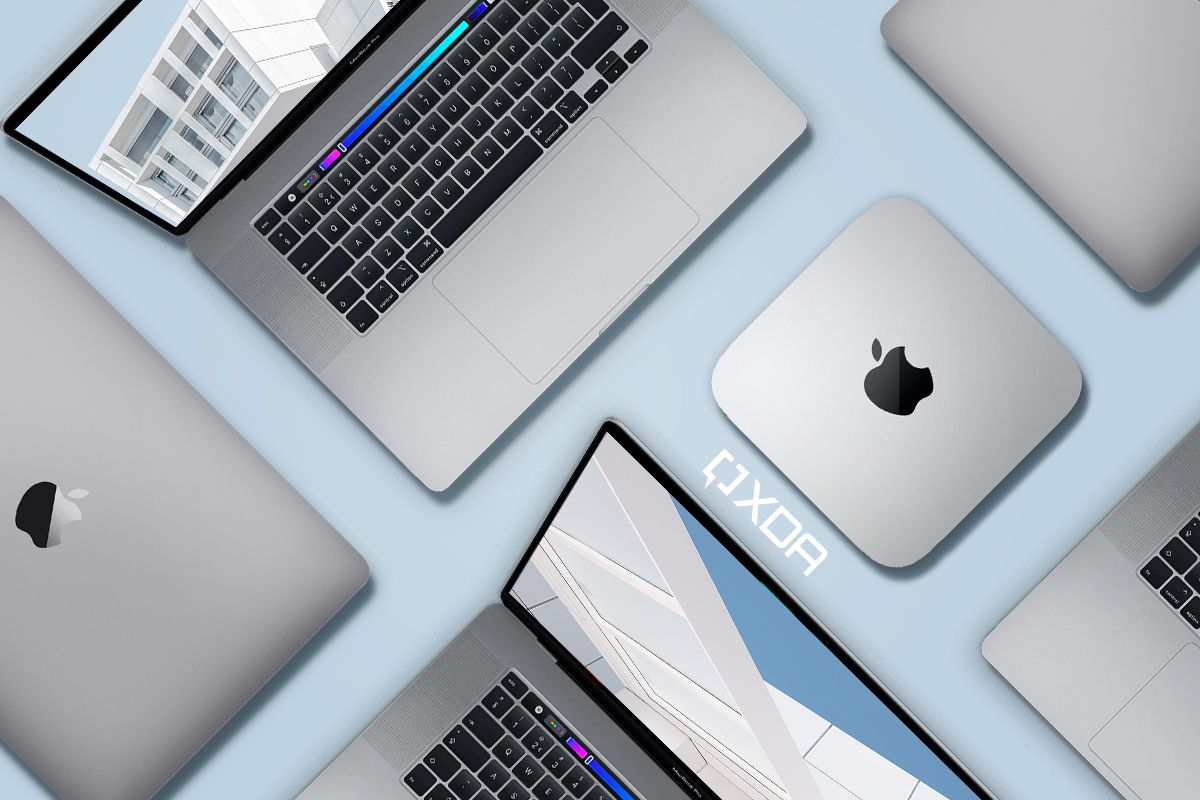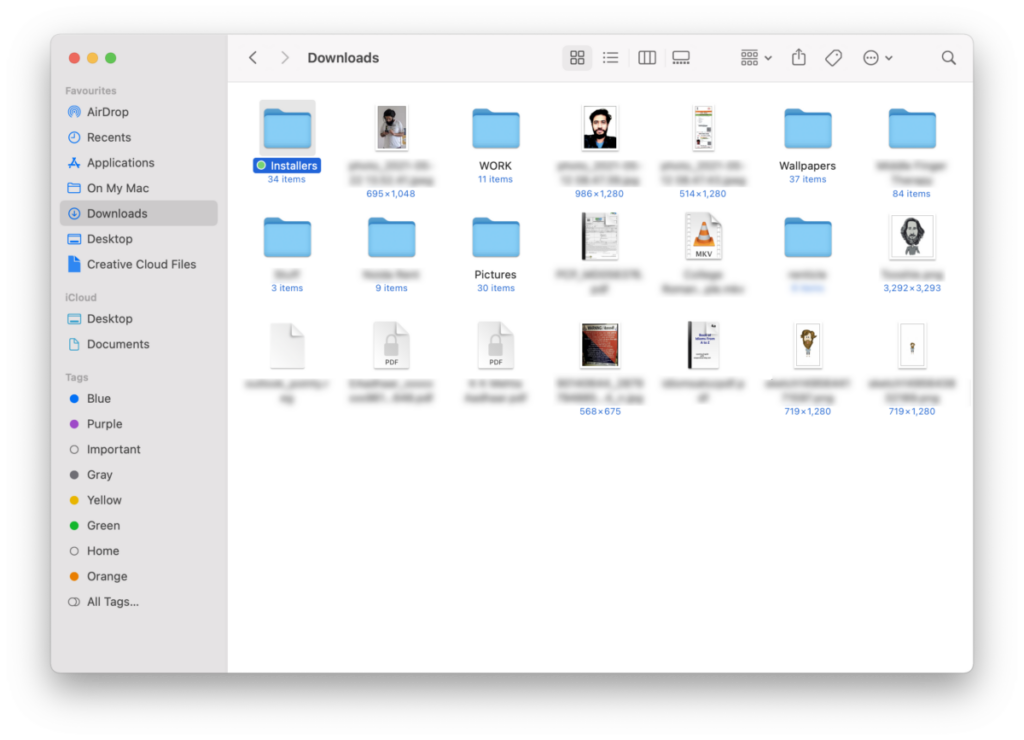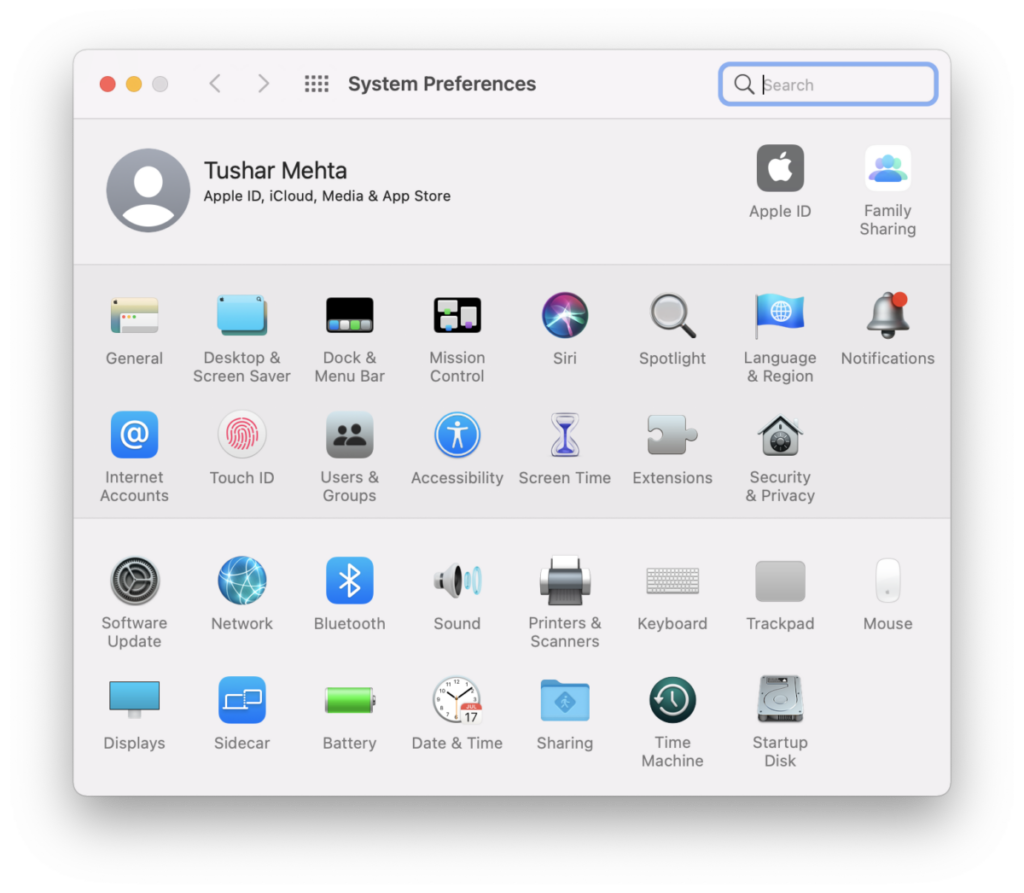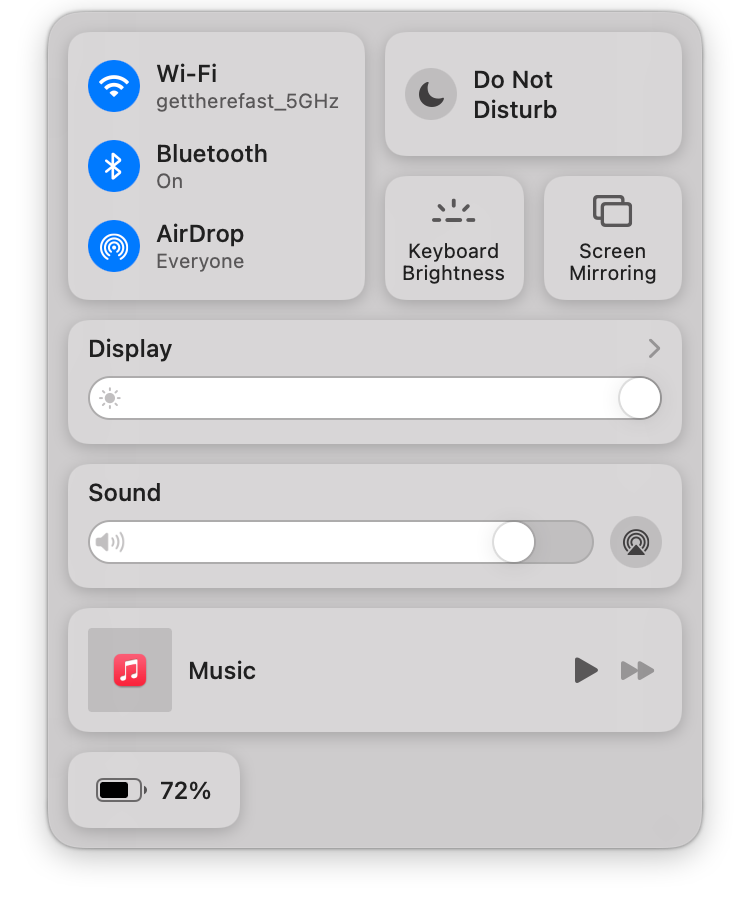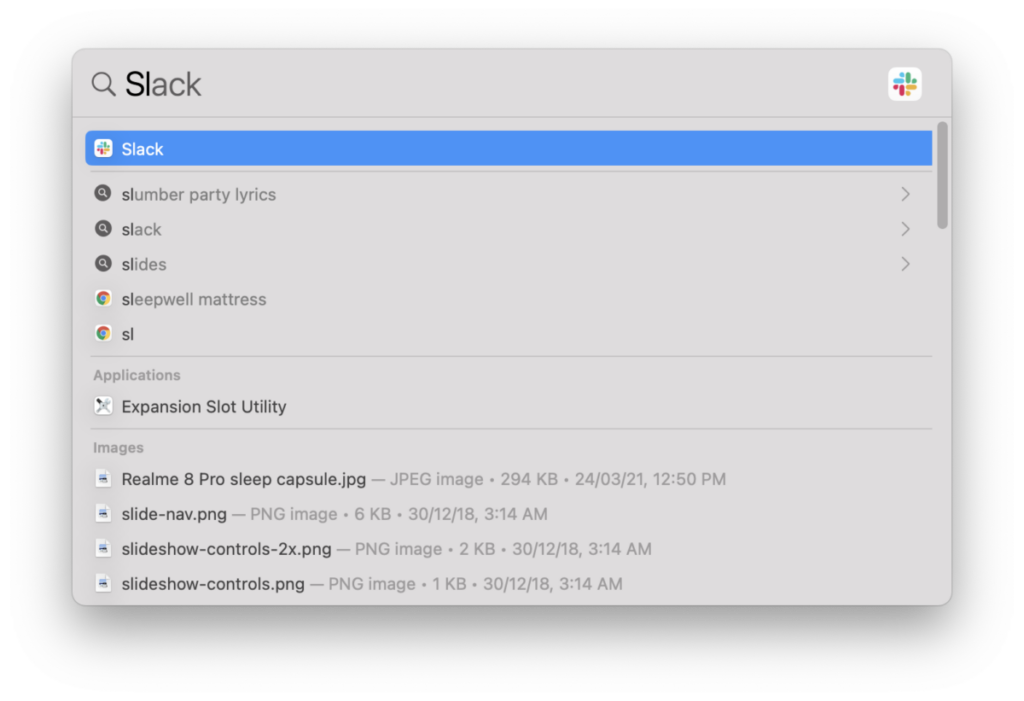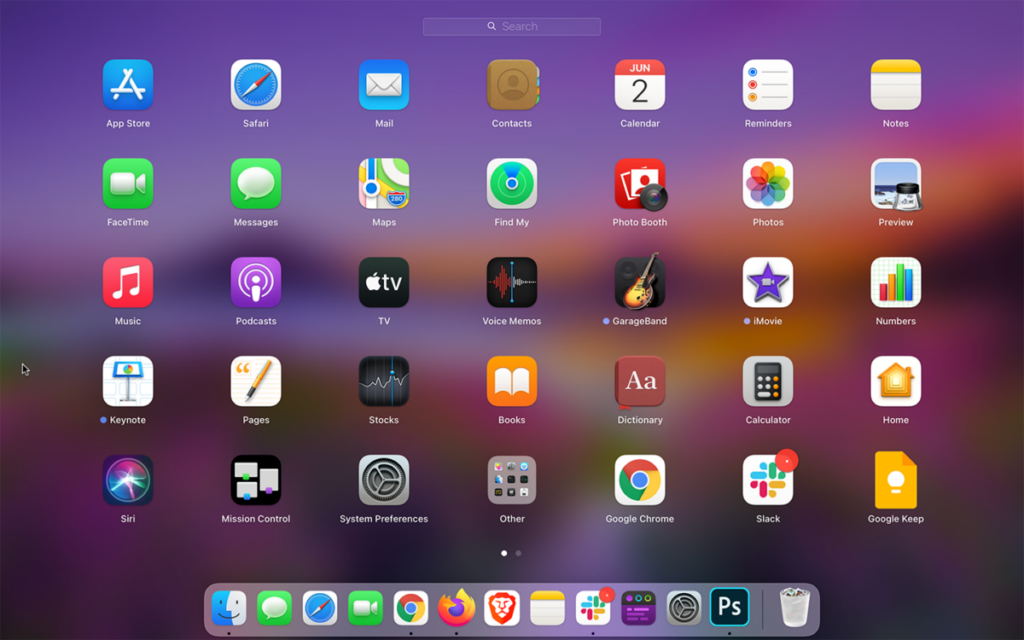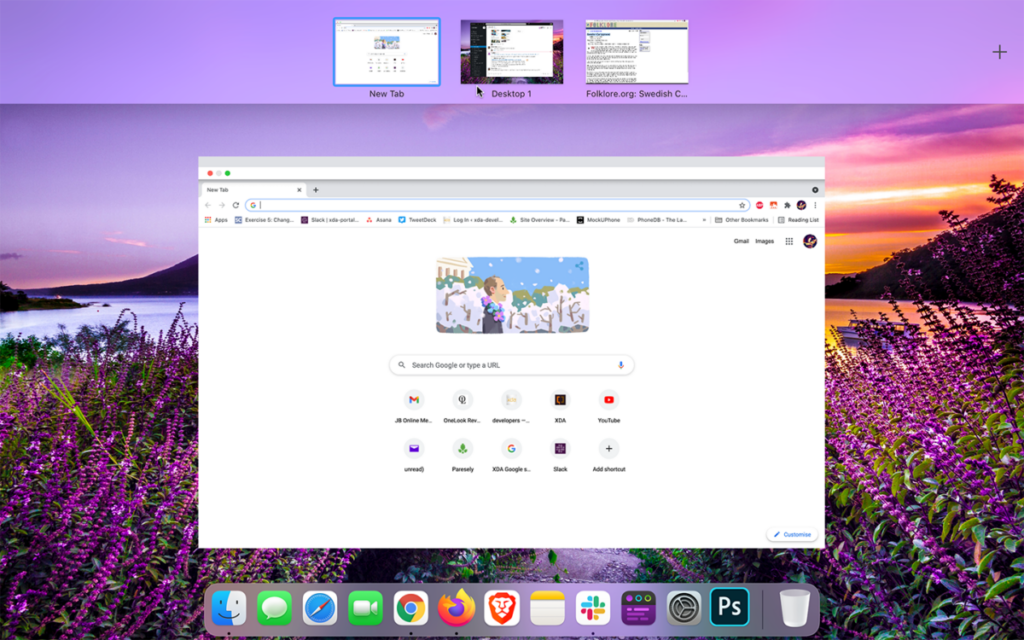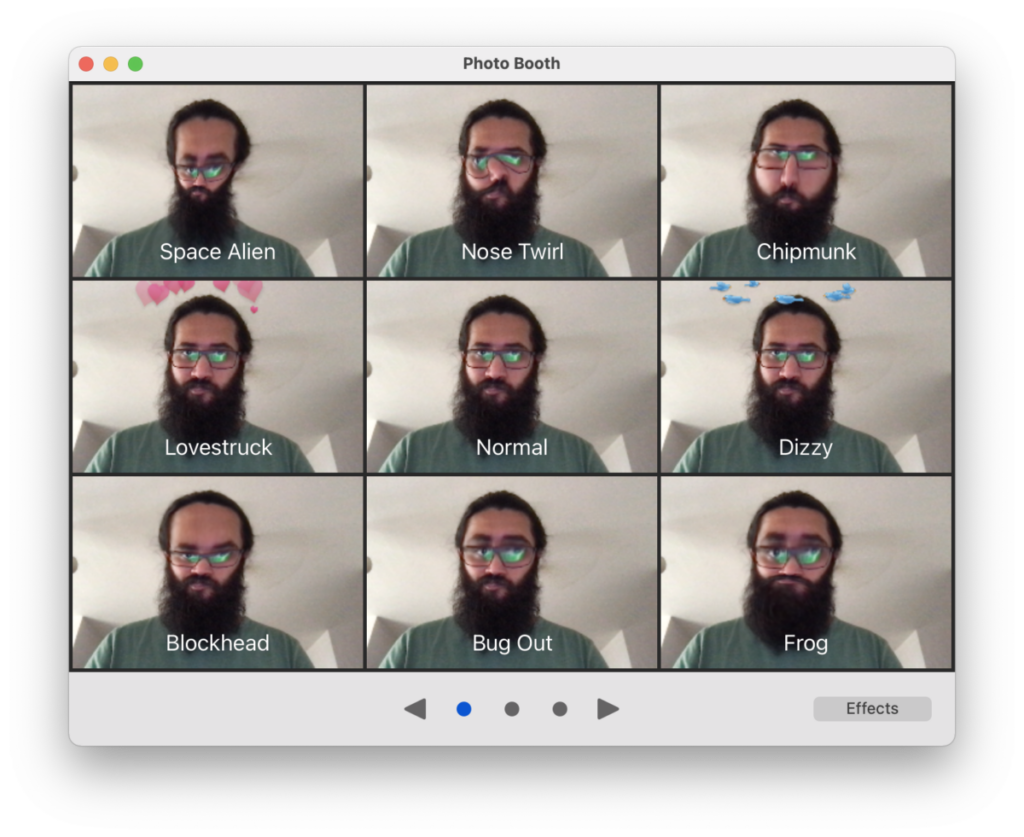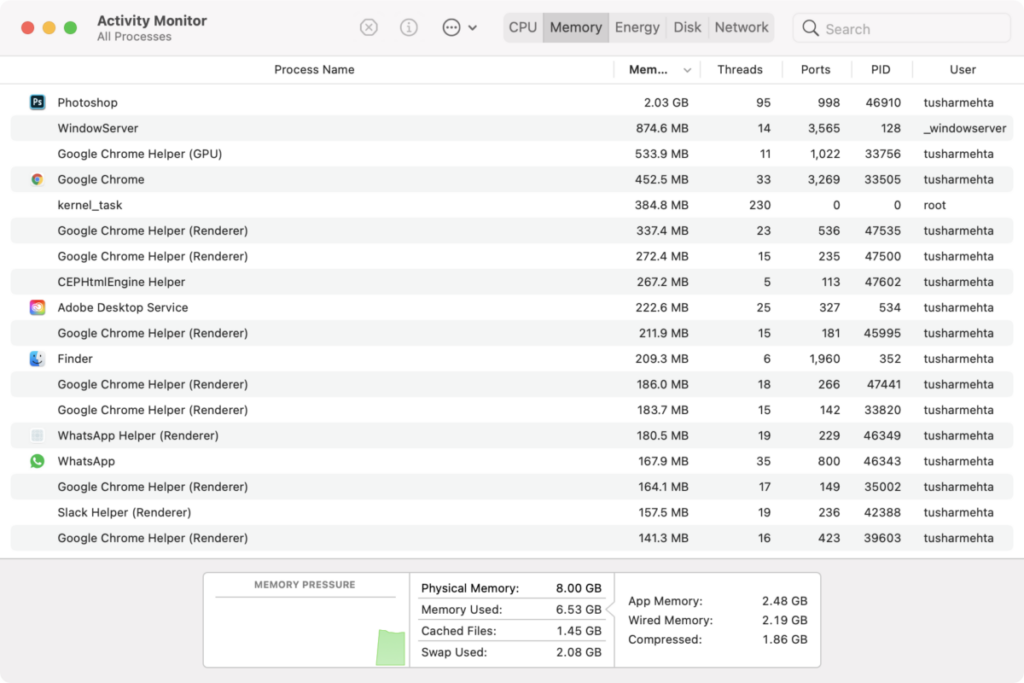The popularity of Windows easily surpasses that of macOS because of its four-times-larger share in the PC market. Despite this differentiation, macOS still ranks as the second most used desktop operating system in the world owing to the lack of other popular options. Apple spares no chance to boast about the excellent and tasteful user experience offered by macOS — and users and fans echo it. At XDA however, we've focused more on Windows in the past and have only started attending to Mac recently. We recently published a Beginner's Guide to macOS for those switching from a Windows PC to a Mac. Next up is a glossary of terms that you can use to sound smart when talking about macOS.
In this article, we'll tell you about some of the most common terms relevant to macOS that every macOS user must know.
Glossary of standard macOS terms
iCloud
Apple's online cloud storage service is called iCloud and is linked to your Apple ID used to sign into your Apple devices. It automatically backs up your files stored in the Desktop and Documents folder. You get 5GB of free iCloud storage with each Apple ID, but you can also buy iCloud storage for a monthly payment if you need more.
In addition to cloud storage, you get features such as:
- Find My that can be used to track the geographical location of all your Apple devices as long as they're connected to the internet.
- Continuity, which synchronizes tasks on different Apple devices.
- A universal clipboard.
At WWDC 2021, Apple announced iCloud+, which extends the utility of iCloud by adding features such as a VPN and unlimited storage for footage from Homekit-compatible security cameras.
Finder
Finder in macOS is where you'll find all your files, similar to File Explorer on Windows. Besides saving files in folders such as Downloads, Documents, and Desktop, Finder also lets Mac users view the apps installed on their computers in the Applications folder.
Dock
The Dock is a floating row of apps traditionally placed at the bottom of the display. It can also be placed at the bottom, left, or right side of your Mac's screen based on your preference. Since macOS lacks a Taskbar, apps minimize into the Dock.
System Preferences
System Preferences is the settings hub for everything on macOS. It's denoted by the gear icon on the Dock.
Control Center
Control Center, added to macOS with Big Sur, is an assortment of quick settings for essential features such as Wi-Fi, Bluetooth, AirDrop, and display and keyboard brightness on MacBooks. The Control Center is inspired by the feature on iOS and iPadOS and can be accessed by clicking on the icon to the left of the date and time on the Menu bar.
Spotlight Search
Spotlight is a system-wide Search feature on macOS. It can be used to search files and folders, apps, and sub-menus in Preferences. Besides documents or apps stored on the Mac, Spotlight can also be used to preview web results based on the suggestions from your default web browser.
You can launch Spotlight search by pressing Command + Space on the keyboard.
Launchpad
Launchpad is like an app drawer where you find all of the applications installed on your Mac. You can open Launchpad either by clicking on its icon (
) in the Dock or by pinching inwards on the trackpad with three fingers and a thumb.
Mission Control
Mission Control is a powerful multitasking tool on macOS. It can be used to reveal all active apps on each desktop so you can switch between those apps seamlessly. It can also be used to arrange different maximized apps on different desktops.
You can also use Mission Control to merge two apps into a single desktop so you can use them side-by-side. To learn why you would want to do that, we have a good explainer on Why & How to Split your Screen on a Mac.
Stacks
Stacks can be used to organize items on the desktop. Using Stacks, you can arrange similar files in a single heap of files that can be expanded when you click on them. It is like a folder, but one less click away. Files can be arranged in Stacks based on the kind of file, the date it was created, added, modified, or last opened, or based on tags attributed to the file.
Continuity
Continuity is a suite of features used by Apple to facilitate an easy transition between your Mac and your iPhone, iPad, or other Mac, provided they are connected to the same iCloud account and the same network. Using Continuity, you can:
- receive messages or calls from your iPhone on your Mac.
- use your iPhone's data connection as a personal hotspot if your Mac cannot recognize any other Wi-Fi network.
- copy on your iPhone and paste on Mac — or vice-versa — using a universal Clipboard.
- take photos or scan documents on your iPhone and view them on your Mac.
- perform tasks like view webpages, draft emails, or mark up media on your iPhone or iPad, and continue on your Mac.
Photo Booth
If you've tried searching for "Camera" and couldn't find one on your MacBook, it's because Apple calls the app "Photo Booth" instead. You can use Photo Booth on your Mac to capture photos and videos. In addition, you can also try a myriad of comical and bizarre effects to make your pictures or videos enjoyable.
Sidecar
Sidecar lets you use an iPad as the secondary screen for your Mac. It's beneficial for creators who use an Apple Pencil for taking notes, graphics designing, or creating illustrations on their iPad. With Sidecar, these tasks can be accomplished directly on a Mac using apps like Adobe Illustrator. You can also use Sidecar to add a touchscreen to your Mac or use a secondary screen for apps that don't need to stay on your primary desktop. To use Sidecar, your iPad needs to run at least iPadOS 13 or higher.
Here are the minimum system requirements for your Mac to run Sidecar. You need to have a new model (listed on the link) of Mac, or else the feature might not work.
With the next version of macOS, i.e. Monterey, Apple will also allow seamless drag-and-drop between a Mac and an iPad without turning it into a secondary display.
Time Machine
As the name suggests, Time Machine is a backup utility in macOS, and it allows you to create timely backups of your Mac. You can create an entire backup of your Mac, including all files and folders, installed applications, saved IDs, and even preferences. You can assign a disk for an automatic backup of your Mac or create one manually every time you want. If something goes wrong and your Mac starts malfunctioning, you can reinstall macOS and use the latest Time Machine to completely restore your Mac as if nothing happened.
The vital clue here is to take regular backups, and the next item in this list can help you manage that.
Disk Utility
Disk Utility is a tool used to manage internal and external disks connected to your Mac. You can check disks for errors, create partitions, or erase external disks and partitions using Disk Utility. We also have an explainer that answers What is Disk Utility on Mac and what can it do?
Terminal
The Terminal is an application that lets you control and troubleshoot your Mac using a command-line interface. Like the Command Prompt — or Terminal Preview — on Windows, it can manage files or run commands and scripts.
Activity Monitor
Activity Monitor lets you manage the activities running on your Mac and see the RAM, CPU power, storage, or network used by them. You can also terminate apps that are not responding and consuming too much of any of these resources listed above.
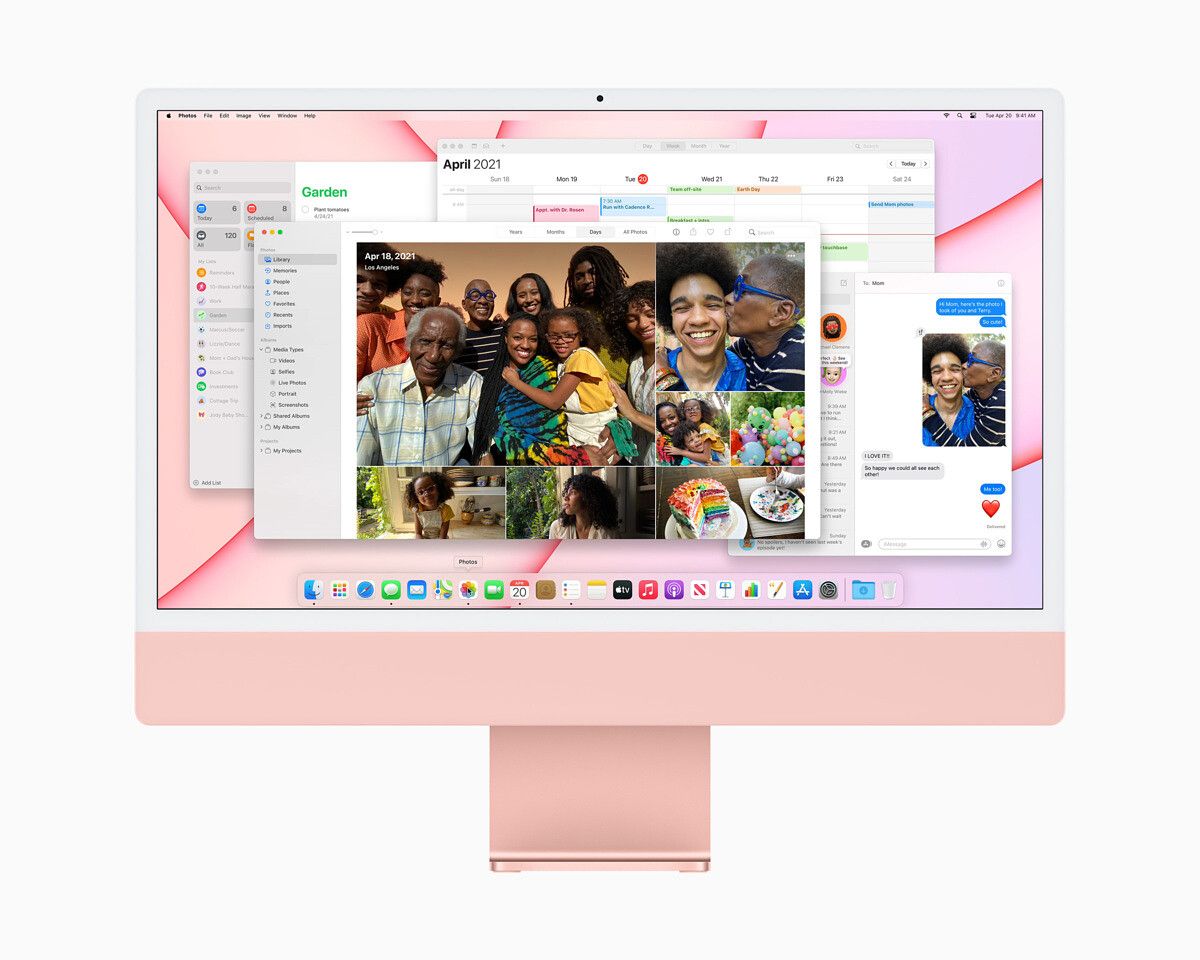
Apple iMac (2021)
The new Apple iMac features the M1 chip, a 24-inch 4.5K Retina display, up to 16GB of RAM, and up to 2TB of storage.
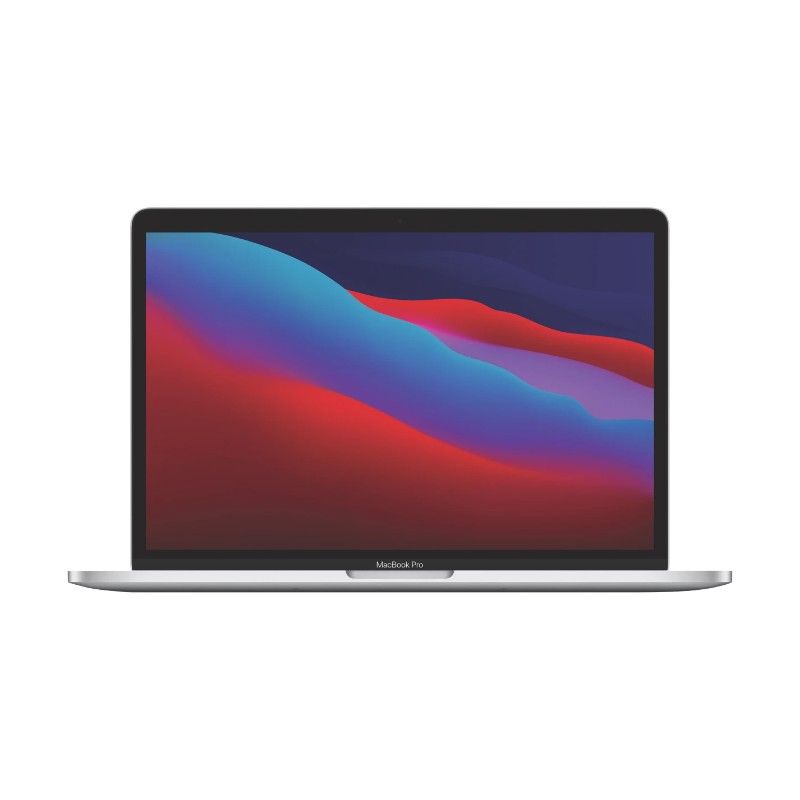
Apple MacBook Pro 13-inch (M1, 2020)
The Apple MacBook Pro features the M1 chip, a 13.3-inch Retina display, up to 16GB of RAM, and up to 2TB of storage.
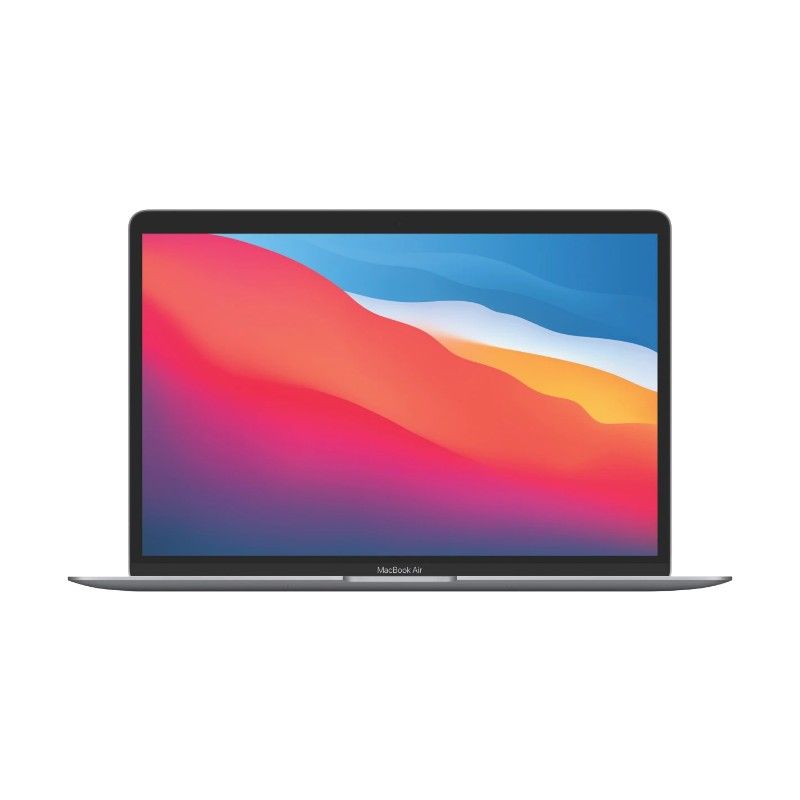
Apple MacBook Air (M1, 2020)
The Apple MacBook Air features the M1 chip, a 13.3-inch Retina display, up to 16GB of RAM, and up to 2TB of storage.
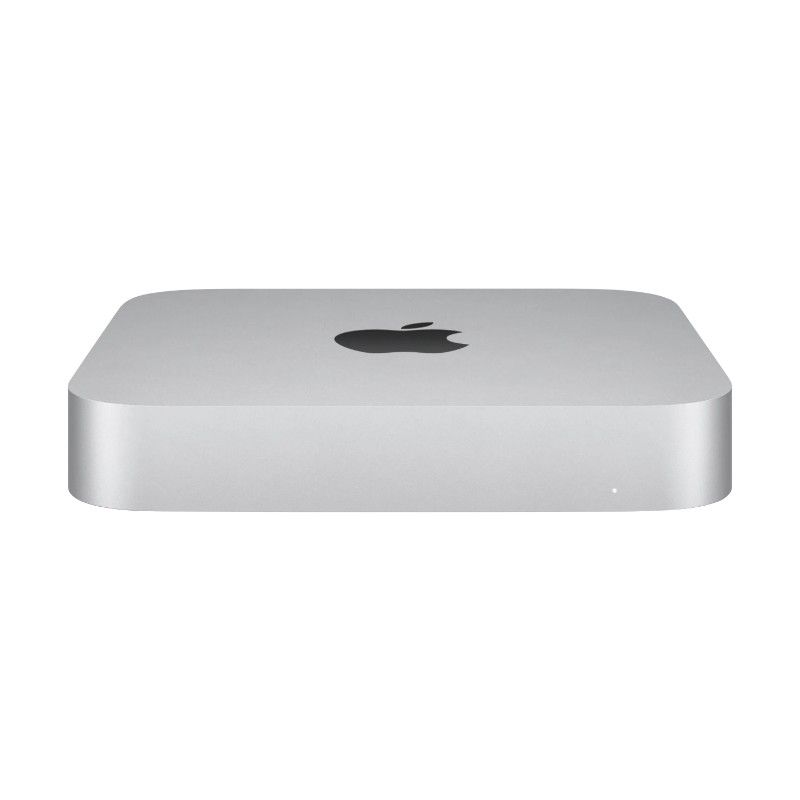
Apple Mac Mini (M1, 2020)
The Apple Mac mini comes with the M1 chip, up to 16GB of RAM, and up to 2TB of storage.
That's about it. If you can think of anything else that we didn't mention in our macOS glossary, let us know!

